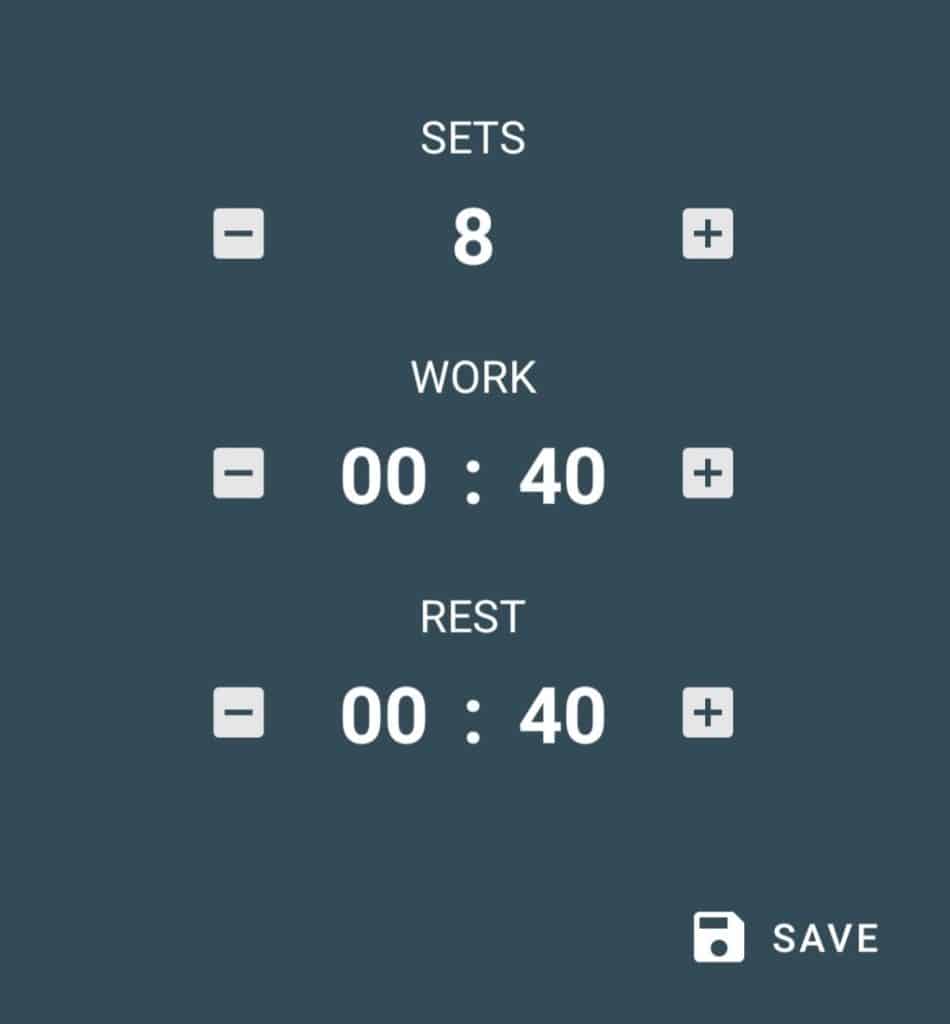
Oxidative Lifting
As someone who’s pretty much focused solely on joint/movement work for a while, my conditioning is far from what it used to be. I entered a no-dribbling 2-on-2 drill with some kids during class and my heart almost exploded. It maybe lasted four minutes. The optimist in me wanted to recognize that I moved really well, but the pragmatic, realist took hard notice at my incapacity for sustained work. That’s the thing about fitness — the focus that gets you success in one place always comes at the cost of something else. My neglected energy systems were in serious need of development.
I’ve never been a runner or enjoyed running (except when I punished myself on lonely holidays), so I wasn’t interested in logging miles or using machines to do steady state cardio. I also wasn’t a fan of circuited HIIT work. It always seemed a little excessive. Furthermore, I needed a bridge to get me from here to there. I’m past that area in life where busting my ass for the sake of busting my ass seems like a fantastic idea.
Working as hard as you should, not as hard as you could, seems to be the key to longevity.
Oxidative lifting turned out to be the happy medium I was seeking. It was slower, it was steady, it had room for variability. I first stumbled upon this concept through Mike Robertson’s site. The argument that all types of endurance training has its rightful place appealed to me. He referenced Joel Jamieson’s Ultimate MMA Conditioning several times in follow up articles, so I decided to pick it up. It outlined a lot of information on both aerobic and anaerobic training that I hadn’t even considered before. The idea that conditioning could be precise and specific appealed to me. The fact that it didn’t have to be tortuous was even more intriguing.
Michael Howell, a fellow Salemite, explained many forms of tempo work could become at the Free Fitness Summit this past January. He followed up his presentation with this article that outlined a simple oxidative lifting protocol for beginners. Here are the bullet points of the information he provided that satisfied my criteria to try:
- Download the Interval Timer app (free) to your phone

- Choose a full body, multi-joint exercise
- Note: ensure that as you perform these movements that you keep constant tension. No ‘resting’ at the top or bottom; stay an inch or so from lockout at the end ranges.
- Set the HIIT timer for 8 sets of intervals of 40 sec high intensity and 40 sec low intensity
- Complete 10 reps of 2 seconds up, 2 seconds down in each interval
- Rest can be active or passive ( I chose active – light walking around)
- A 5-sec warm up time is programmed in to get ready/ into position

Mike demonstrates oxidative ‘potato sack squats’. More science and benefits can be found earlier in the video.
I performed this with front squats (bar only), pushups (two on the ground and rounds 3 and 4 with elevated torso), and Romanian deadlifts (true deadlifts seem to beckon an ‘on the ground’ point of tension loss) on three different occasions. The front squats started my workout that day. The deadlifts and pushups were used as finishers. Next up is inverted rows, likely kicking off the session if everything feels good. Expect delayed onset muscle soreness to greet you a day or two after finishing.
Being a big believer in doing what you actually like to do, there’s always a form of weakness practice out there that will suit you. In doing the digging to find it, you end up with one more tool in the toolbox, another notch to problem solving, and one more thing you can share to help others.




